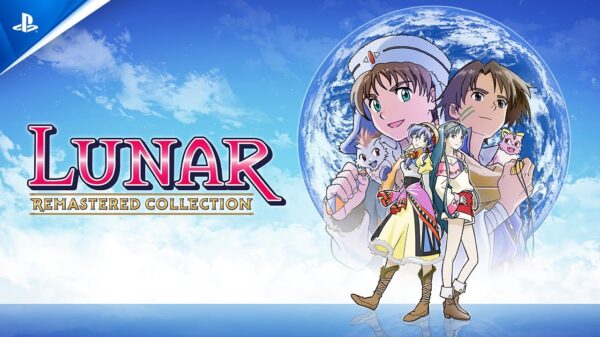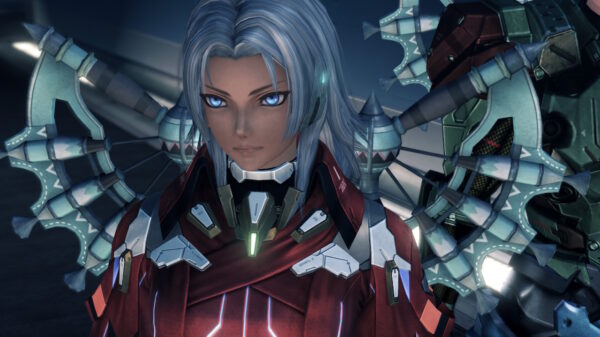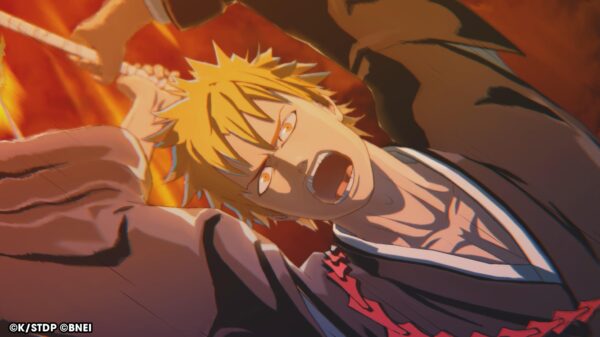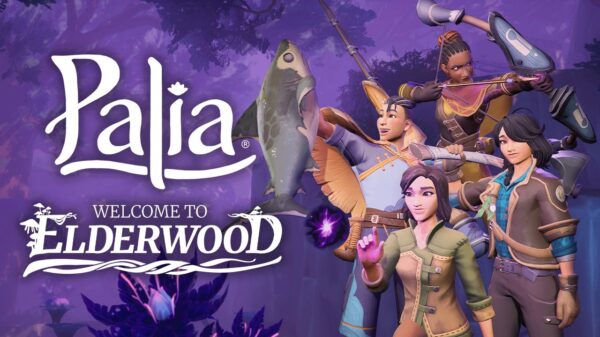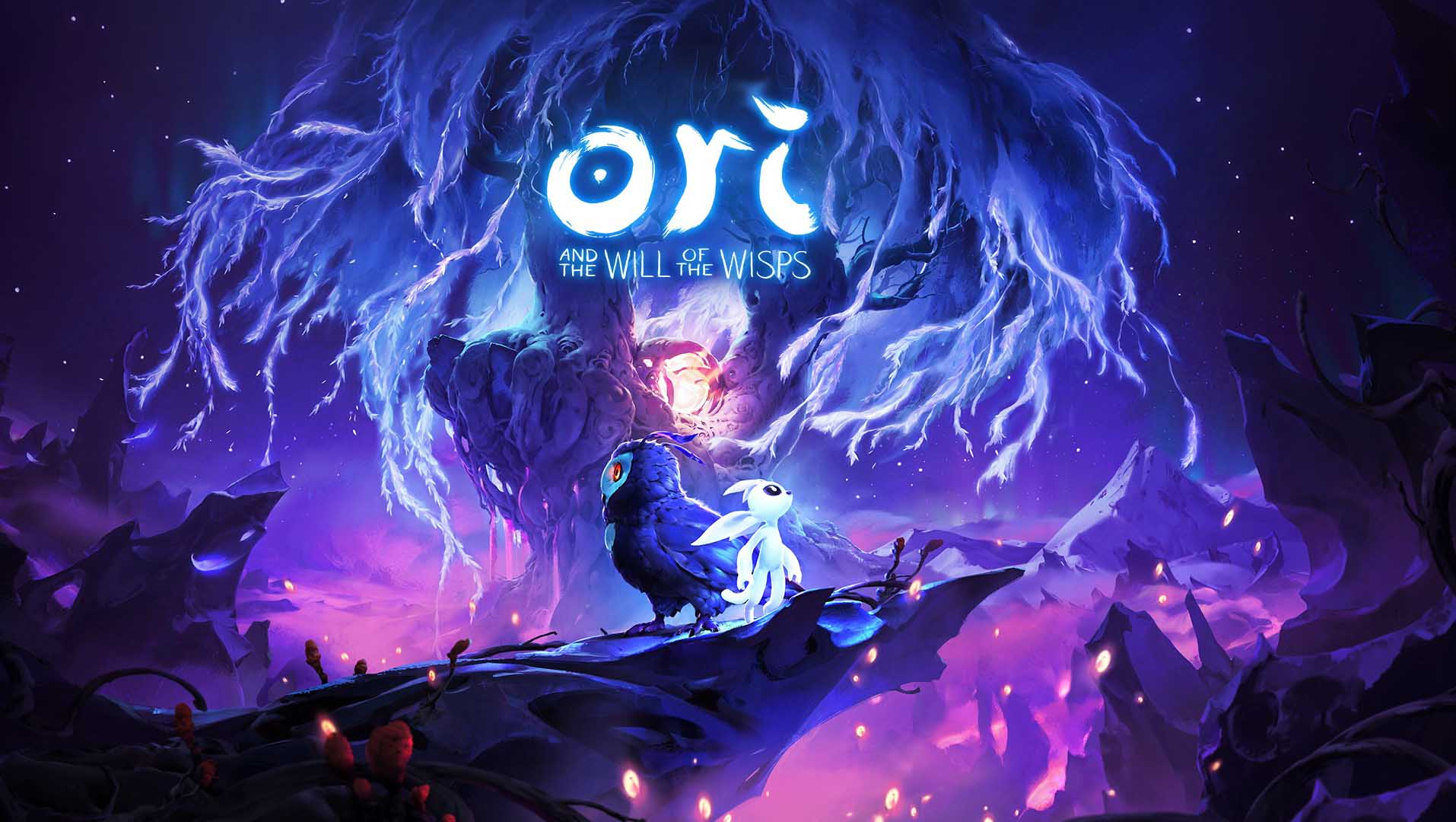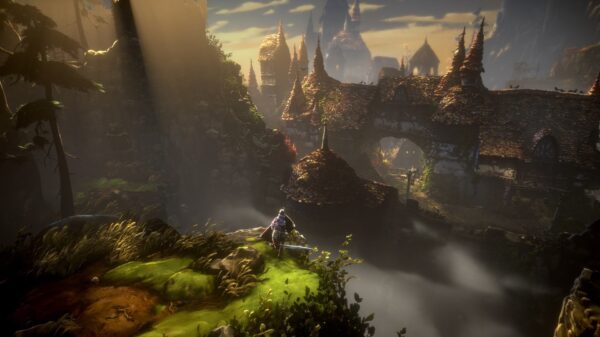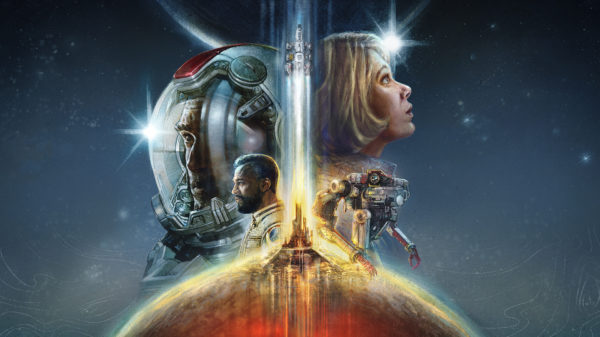After much anticipation, and only a modest delay, Ori and the Will of the Wisps is finally here (well… last week). With it comes the same wondrous style, design, and music that series veterans know and love. Players will even experience much of the same floaty gameplay as Ori flits about new biomes. The ethos of Ori and the Will of the Wisps is a familiar one, but tweaks its predecessor’s most frustrating and most innovative components.
Ori and the Will of the Wisps
Developer: Moon Studios
Price: $30 USD
Platform: Windows PC (reviewed), Xbox
Ori and the Will of the Wisps takes place shortly after the events of its predecessor. Kuro’s egg has hatched into the adorable Ku, and it’s up to Ori and friends to teach her to fly. After a few failed attempts, Ori ties Kuro’s feather to Ku’s congenitally damaged wing, and the two take to the skies. As the duo reaches the decayed and stormy land of Niwel, tumultuous winds separate Ku and Ori. While trying to find Ku, Ori learns that, like Nibel in Ori and the Blind Forest, Niwel has been ravaged by the Decay. To save Ku, Ori must first save Niwel by bringing together its broken light.
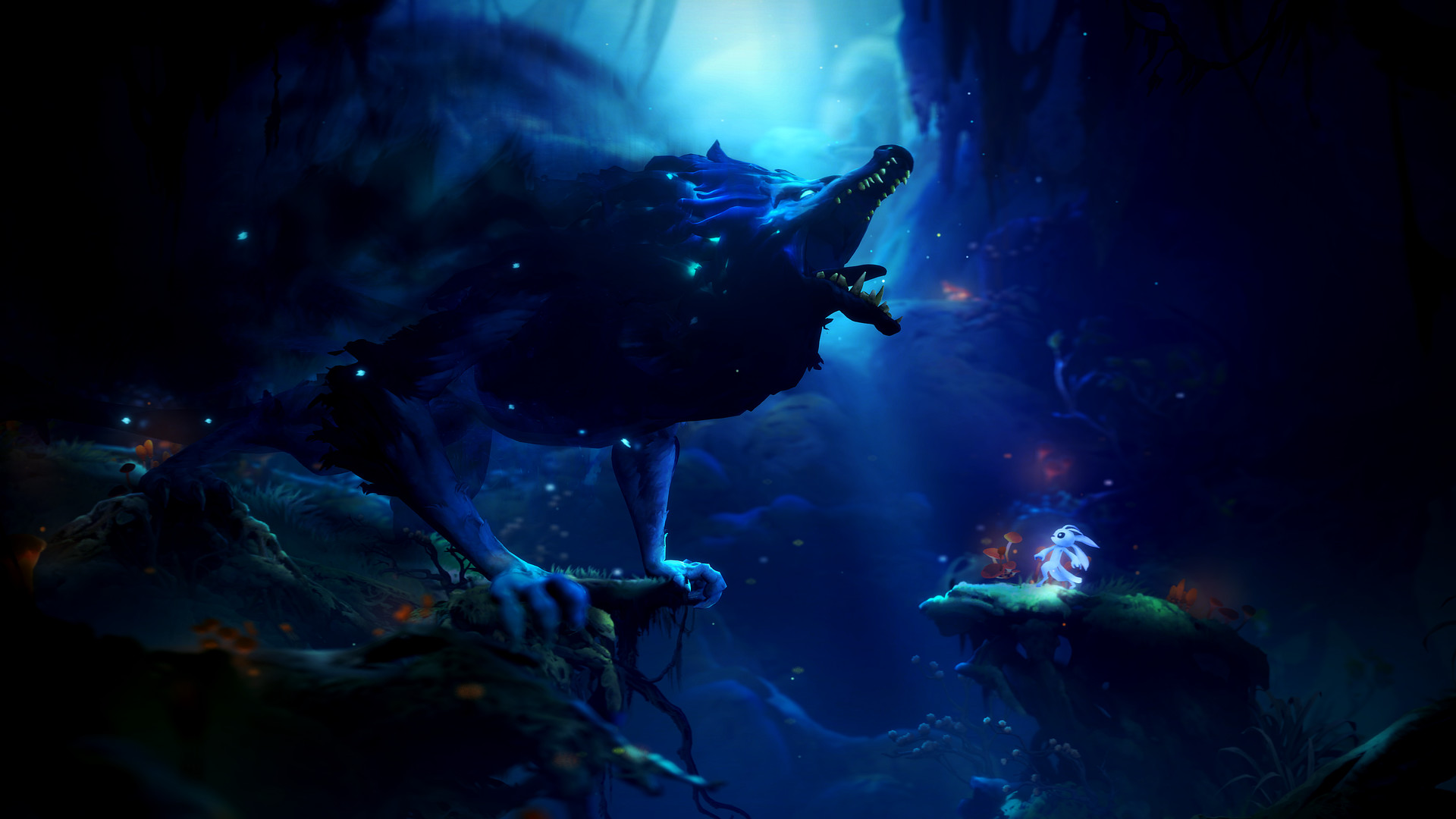
If that last sentence sounds familiar it’s because Ori and the Will of the Wisps captures many of the same story beats as Ori and the Blind Forest: A great calamity is wreaking havoc on the environment and tenants of a mysterious land, and Ori must reclaim the light – or wisps – to set everything right. A giant bird even plays the role of the antagonist.
Summarizing Ori and the Will of the Wisps in this way is probably too reductive, but the point is made to hammer home that a nostalgic familiarity followed along as I played. While the story may feel reused at times, Ori and the Will of the Wisps captures the same vivacity, wonder, and mystery that made Ori and the Blind Forest so monumental. Even the gameplay harkens back to the prequel as Ori relearns crucial movement options, like wall-climbing and double-jumping, in Will of the Wisps’s prelude.
Of course, Will of the Wisps brings along some unfamiliarity, too – for better and for worse. Despite Ori and the Blind Forest’s dull and spongy combat, the game still found critical success thanks to its imaginative art design and floaty-but-difficult platforming. Moon Studios could have rested on its laurels and still pushed out a wildly popular Ori game. It’s increasingly invigorating, then, to realize that the developers transformed the Blind Forest’s worst flaw into (quite possibly) the Will of the Wisps greatest strength.
Combat is refreshingly revamped into a more complex system that relies on varied combo sequences. Ori can use the Spirit Edge to deliver a barrage of quick, light attacks before delivering a decisive final blow with the hefty Spirit Smash. But bashing your enemy in the direction of a raining arrowstorm might be more your cup of tea.
The myriad abilities Ori can unlock are pivotal to this rich combat experience. A sword, a hammer, a shuriken, and a bow are but a few abilities Ori can choose from, and it’s easy to string together attack combos with any combination of them. Ori can equip three abilities at any given time, but a quick press of the left trigger will bring up a weapon wheel where Ori can replace any ability on the fly.
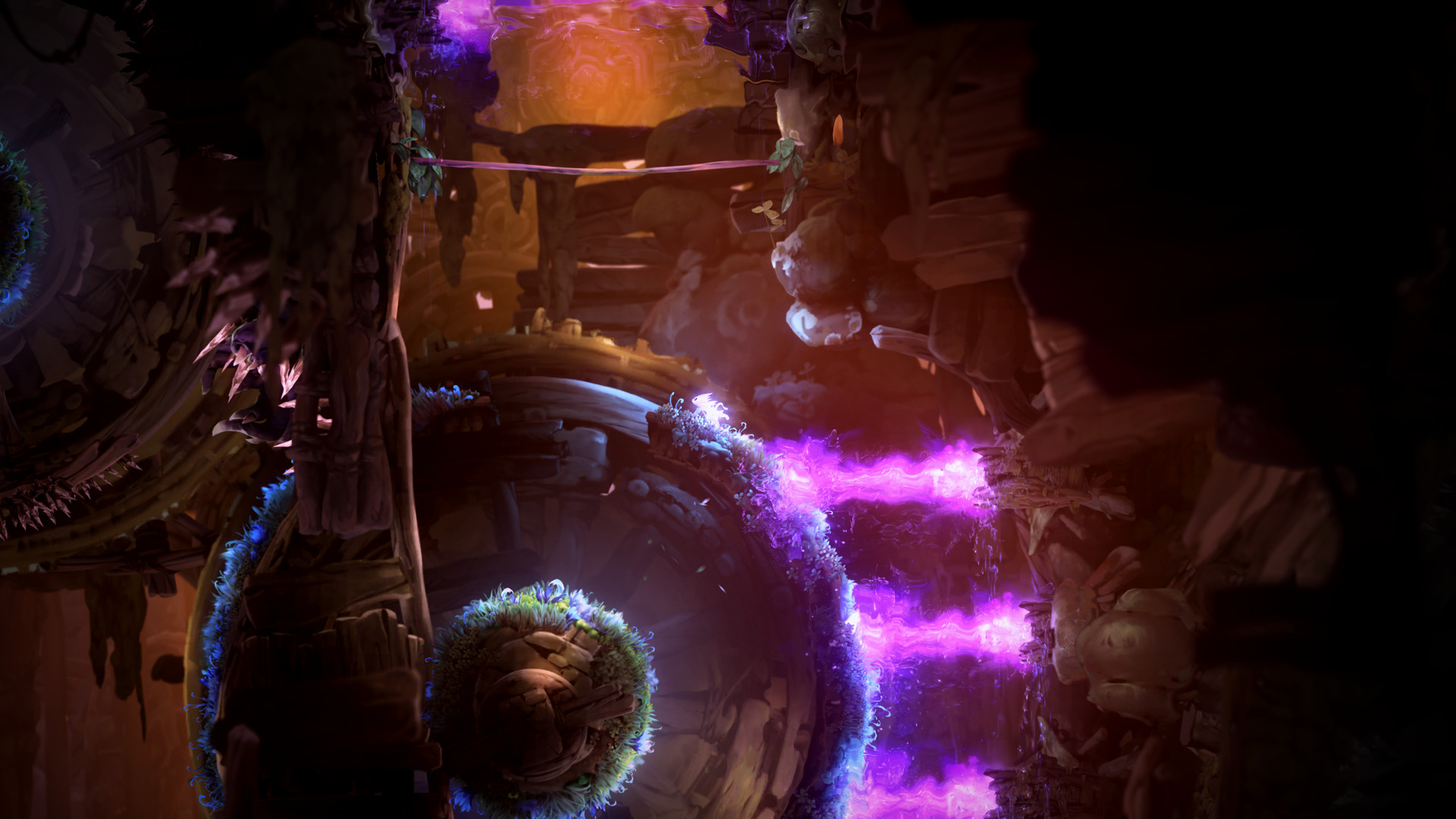
Shards also add to the combat’s heterogeneity. Shards grant Ori certain buffs and debuffs designed to enhance attacks, movement, and exploration. A shard might make Ori deal more damage – but at the cost of weakening their defenses.
Ori and the Will of the Wisps also adds several new elements. Side quests, combat shrines, and spirit trials (time trial races) can be found in each area of the map and offer varying rewards upon completion. Nothing was really added or lost by their addition, but side quests might have felt more personal if the game’s side characters felt less like props and more like natural extensions of the in-game universe. They’re simply cool things to try out should you want to break away from Ori’s main quest and get new gear.
If Ori and the Will of the Wisps lacks anything, it’s a failure to force the player to commit to their choices. Ori and the Blind Forest’s most unique mechanic was the soul link. By using a bit of energy, Ori could create a checkpoint (mostly) anywhere in Nibel. Doing so required players to balance upcoming challenges with their available mana pool. Creating a soul link too often might make it so Ori doesn’t have to cover treacherous areas over and over. But it would also mean Ori might not have the energy for a soul link later in a place more treacherous than the one before.
But despite being perhaps the series most innovative mechanic, soul link is entirely absent from Ori and the Will of the Wisps. Instead, it’s replaced with the regular autosave feature of modern platformers. Get a collectible; autosave. Get over a hurdle; autosave. Walk a few paces; autosave.
Regular autosaving isn’t a terrible practice, of course, and largely works for the Metroidvania genre. It’s also an exercise in practicality and accessibility that may have proved too tedious for the prequel’s casual players. But the lack of soul link in the Will of the Wisps also made it so that I didn’t have to commit to my own decisions. Because I was never too far away from the last autosave, I reasoned that I could get through even the most difficult areas with sloppy gameplay and without due consideration for what may lie ahead. I was missing out on an experience I’d come to uniquely associate with Ori.
And despite singing praise for the combat, it also failed to force me into any real commitment. Because shard loadouts could be changed any time through the menu, it felt like I was cheating when I switched my movement-oriented shards to combat buffs just after a boss fight started. I’d rather Moon Studios have locked shard-switching to a designated area.
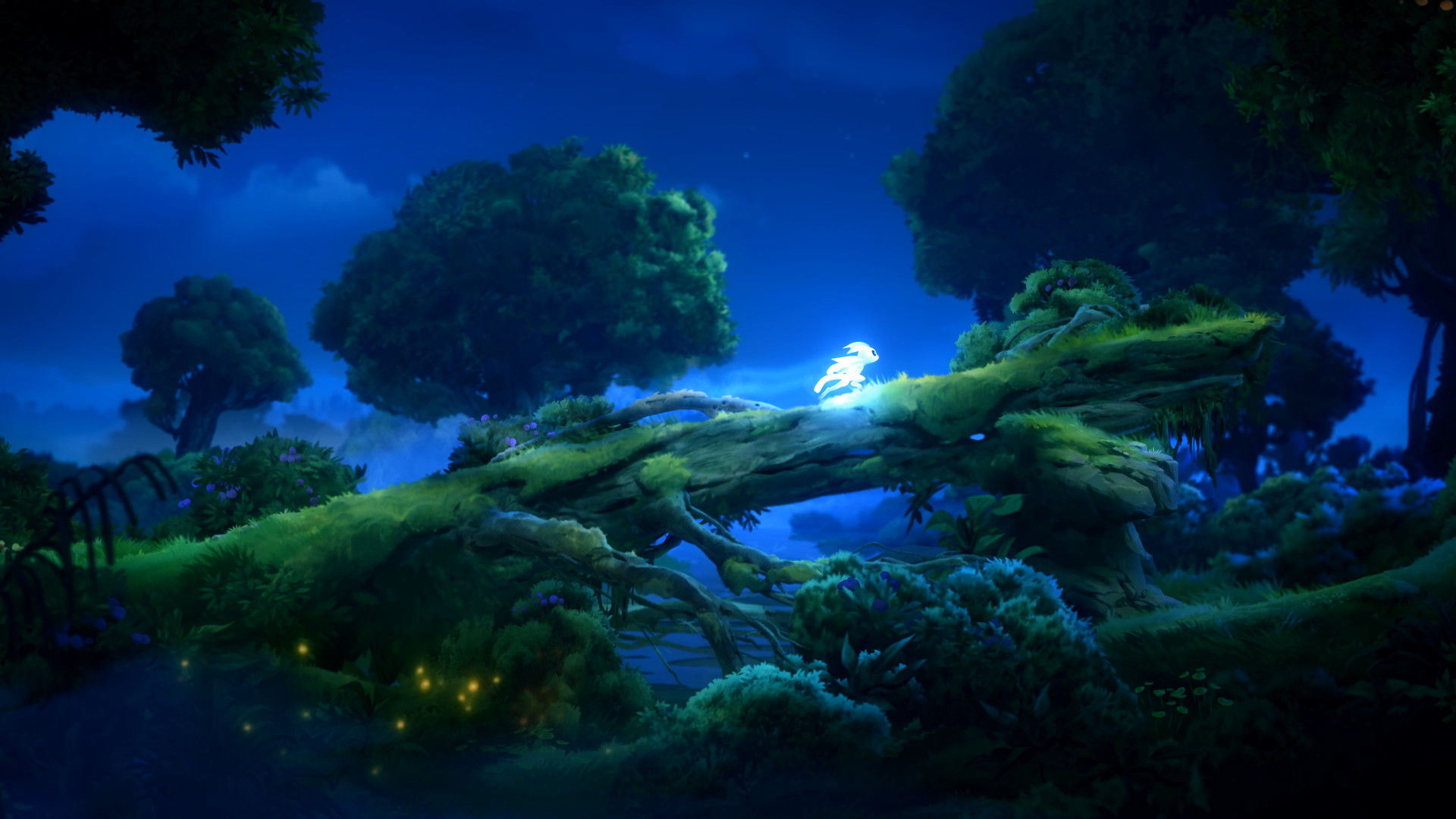
This might seem too nitpicky or like I’m trying too hard to find fault. It’s a player’s decision, after all, to choose whether to exchange their shards. And it’s only in conjunction with the added save simplicity that I probably even noticed how easy it was to exploit the game this way. Just once I’d have liked to have made a deliberate decision and be forced to stick with it for my own satisfaction or regret.
Ori and the Will of the Wisps is an enjoyable experience. Thematically, it satisfies that itch Ori and the Blind Forest created and improves on the prequel’s monotonous combat. While I yearn for past mechanics and design, Ori and the Will of the Wisps is still very much a game I’d recommend.
 The Final Word
The Final Word
Ori and the Will of the Wisps maintains the same compelling ethos as its prequel. Major changes to the series’s most tedious and most unique aspects are for better and for worst.
– MonsterVine Rating: 4 out of 5 – Good

